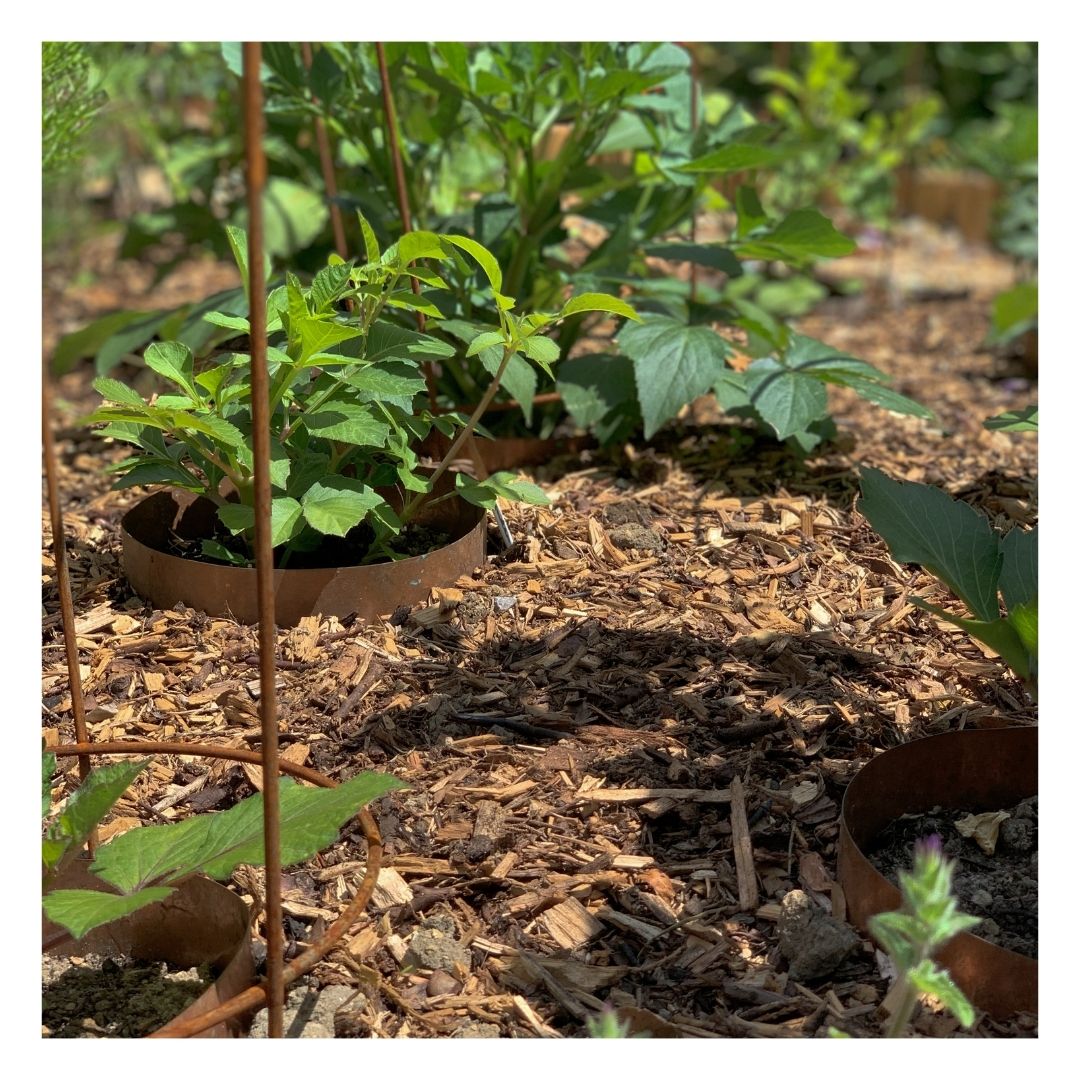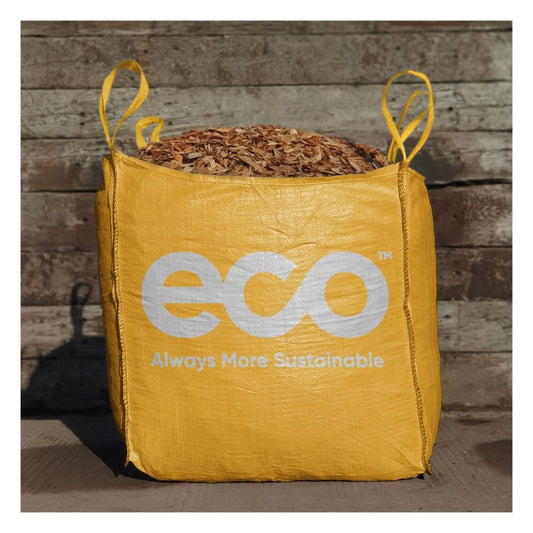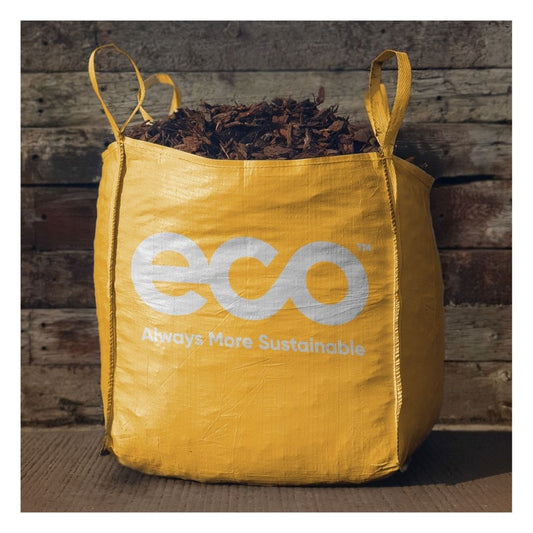Ground Preparation for Mulch
Perhaps you’ve never applied mulch to a designated area before, or perhaps mulch has been applied a few years ago and you’re not sure what preparation is necessary before re-applying mulch to the same area. Either way, in this blog, we’ll look at what ground preparation is necessary before spreading mulch in your garden, borders and beds, regardless of whether mulch has been applied before of not.
Applying Biodegradable Mulch for the First Time
It is important to properly prepare the ground before you spread mulch.
Remove all weeds. This will prevent the mulch from helping the weeds to grow stronger. Using a fork, turn the soil and pull out weeds which are already growing. Try to get the whole of the weed out, including the root, to prevent regrowth.
Most biodegradable mulches will feed the ground as they break down, but some ingredients in some mulch (for example straw) can starve the ground of nitrogen. Therefore, you should assess what type of mulch you are using, and if necessary, apply some nitrogen-rich fertiliser to the ground ahead of spreading the mulch.
For the best results, mulch should be applied to ground which is moist and cool, but not frozen. This is why autumn and spring are great times of the year to apply mulch, although you must avoid applying mulch in the middle of a frost or cold spell.
Once you have completed the necessary preparation to the ground, you can spread your chosen mulch. If you are using mulch to prevent weeds, there is a minimum recommended depth of mulch you should use.
Do not apply mulch all the way up to the stalks, stems and trunks of your plants. A gap of at least an inch should be left around smaller stems, and larger stems or trunks should have a gap of around four inches. This is to prevent the roots from suffocating, rotting or developing mould or fungus which can kill the plants.
Finally, ensure that the mulch is spread out evenly.
Re-Applying or Refreshing Biodegradable Mulch
If you are refreshing an area which has had mulch applied to it previously, there will also be some preparation to the ground required.
Firstly, check the depth and condition of the existing mulch. This will help to establish how much new mulch you will need to buy.
Check for fungus or mould on the old mulch, which can occur if the ground and mulch retains too much moisture.
Some mulches can become matter instead of breaking down, if this isn’t addressed then any goodness from further mulch added on top will not be able to reach the soil and roots of plants below. If this appears to have happened, you do not need to remove the old mulch. Instead, simply use a rake or fork to break up (or fluff) the old mulch and turn into the soil. Ensure that the soil and the old mulch are loose. Now is also a good time to check for, and fully remove any weeds that have taken hold.
You can now apply a layer of new mulch, raking it out to an even depth, but still remembering to keep a gap around the stems of plants.
Shop Eco Mulch & Bark
-
Eco Woodland Garden Mulch
Regular price £126.95 GBPRegular priceUnit price per -
Eco Mulch: Soil Improving Mulch
Regular price £121.95 GBPRegular priceUnit price per -
Eco Bark & Mulch: Playground Chippings
Regular price £161.95 GBPRegular priceUnit price per -
Eco Bark Nuggets
Regular price £196.95 GBPRegular priceUnit price per













